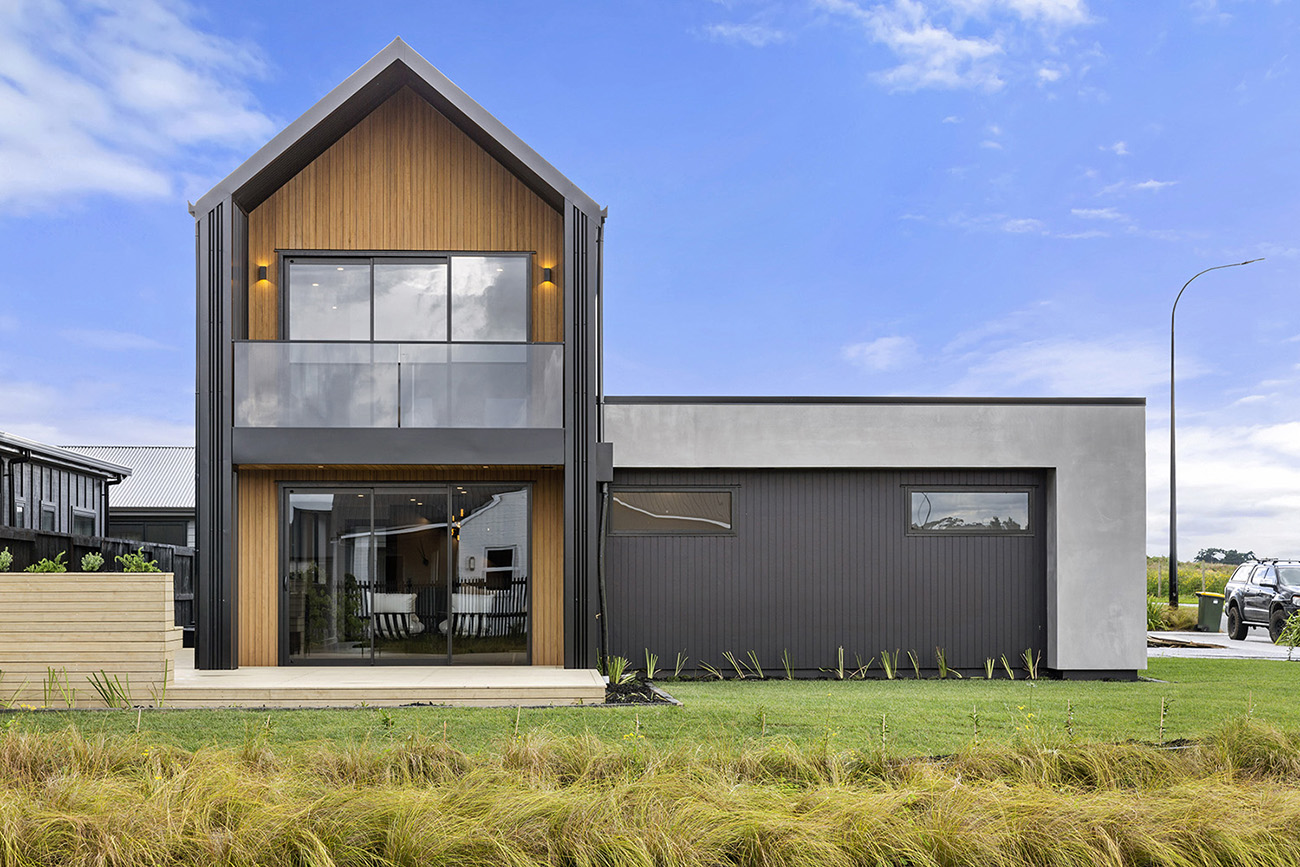Mapping future challenges.
In a future of increased housing intensification and climate uncertainty our homes need to evolve to meet ever-changing needs.

Photo credit: Builder: Anthem Homes Architect: Riley Jones. Engineer: EQStruc
In a future of increased intensification and climate uncertainty our homes need to evolve to meet ever-changing needs. To help predict these requirements, NASH has commissioned several studies into seismic and energy performance across a range of climates and locations.
An initial study in 2020, funded by BRANZ (Building Research Association of New Zealand), helped to scope the possible challenges and opportunities that cold formed steel framed construction may encounter in the near future based on climate predictions and seismic effects.
The initial research from a team lead by PhD student Pouya Lotfi Rad studied the seismic resistance of strap braced walls by using a 2-storey rig testing of over 50 wall assemblies. This rig simulated the effect of seismic events comparable to the 2010/2011 Christchurch events. The study found that, in the event of a quake, while interior linings may need to be replaced, steel framed buildings will remain structurally sound.
Subsequent research headed by PhD student Ankeeta Karmakar aims to understand how floor-wall-floor connections behave under similar seismic loads.
These two PhD programmes will enable NASH to establish the means to design, fabricate and construct residential structures that can withstand seismic loads without degradation.
NASH commenced an additional R & D programme in 2022, working in partnership with five leading building sector manufacturers to provide insight into future solutions for New Zealand homes.
This programme aimed to deliver energy efficiency performance for steel framed homes equivalent to international best practice in comparable climate zones.